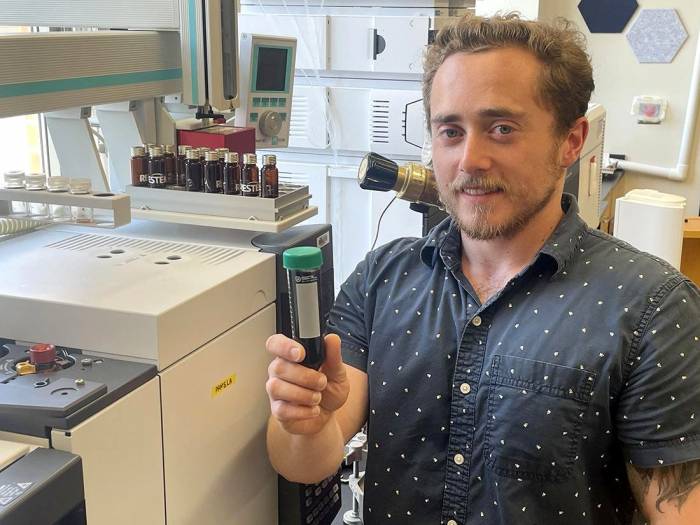Penn State study finds small-batch wine fermentation matches quality of larger processes
Microvinification offers reliable, cost-effective method for wine research and industry innovation, challenging traditional large-scale fermentation practices
2025-08-22

Researchers at Penn State University have found that wine chemistry can be accurately assessed using very small batches of fermenting wine, a method known as microvinification. The study, led by food scientists at the university’s College of Agricultural Sciences, demonstrates that fermenting as little as 50 milliliters—about a quarter cup—can provide reliable data for both researchers and the wine industry. This approach offers a faster and less expensive alternative to traditional pilot-scale fermentations, which typically use about five gallons per batch.
The research was conducted at Penn State’s University Park campus and involved detailed comparisons between microvinifications and standard pilot-scale fermentations. The team measured key factors such as oxygen uptake, phenolic compounds that influence color and taste, and aromatic compounds responsible for wine’s smell and flavor. They found that the chemical profiles from the tiny batches closely matched those from larger fermentations.
Misha Kwasniewski, associate research professor of food science and senior author of the study, explained that microvinifications have often been avoided in the wine industry due to concerns about inconsistent results and excessive oxygen exposure, which can harm wine quality. However, the study showed that with proper replication—repeating tests enough times—these small-scale fermentations are consistent and not more susceptible to oxygen-related problems than larger batches.
The experiments used Chambourcin and Noiret grape varieties, with grapes sourced from the same vineyard areas and prepared identically for both batch sizes. The researchers controlled variables such as fermentation temperature, how grape solids were mixed (cap management), and how long grape skins remained in contact with juice (maceration time). These factors influenced the outcome in microvinifications just as they do in larger-scale processes.
Ezekiel Warren, a doctoral candidate in food science and first author of the study, used gas chromatography-mass spectrometry to analyze aroma compounds in the wines. The findings suggest that microvinification can be a powerful tool for winemakers seeking to improve existing products or develop new ones without incurring high costs or logistical challenges.
Kwasniewski noted that many in the wine industry believe only large-scale trials are relevant for commercial production decisions. This belief has made progress slow and expensive. The new research challenges this view by showing that very small fermentations can yield scientifically valid results.
The study also highlights the potential for microvinification to help winemakers test interventions such as harvest timing, yeast selection, or filtration methods more efficiently. By making it easier to judge the effects of these changes on wine quality, microvinification could support innovation across the industry.
Alex Fredrickson, a fermentation consultant at Terroir Consulting Group in Portland, Oregon, contributed to the research. He previously worked with Kwasniewski as a doctoral student at the University of Missouri. The project received funding from the U.S. Department of Agriculture’s National Institute of Food and Agriculture.
The results were published in the American Journal of Enology and Viticulture on July 29, 2025. The Penn State team believes their findings could encourage broader adoption of microvinification techniques among researchers and commercial winemakers alike.
Founded in 2007, Vinetur® is a registered trademark of VGSC S.L. with a long history in the wine industry.
VGSC, S.L. with VAT number B70255591 is a spanish company legally registered in the Commercial Register of the city of Santiago de Compostela, with registration number: Bulletin 181, Reference 356049 in Volume 13, Page 107, Section 6, Sheet 45028, Entry 2.
Email: [email protected]
Headquarters and offices located in Vilagarcia de Arousa, Spain.